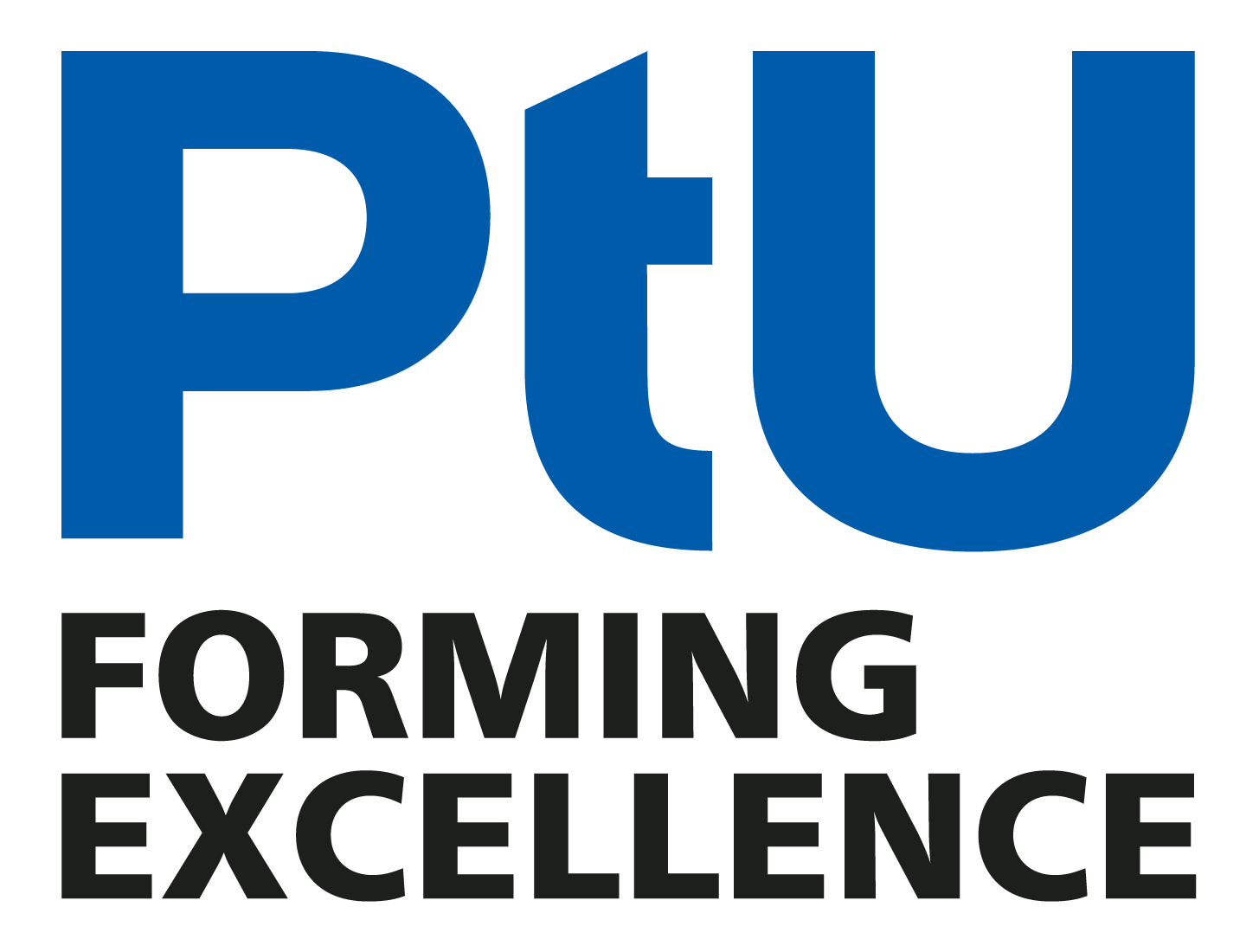Workpiece surfaces are gaining increasing importance. On one hand, they give a functional property to the produced workpiece; on the other hand, they crucially influence the effective friction mechanisms during the forming process in the forming zone. For the creation of convenient surfaces on semi-finished parts, the mechanisms leading to surface changes during forming processes, must be known. Furthermore, the transfer of gained knowledge on forming processes with different load profiles is of interest.
Tribology with its subsections friction, lubrication, and wear is an inherent part of research and development at the PtU. Comprehension of this fundamental area is an important subject. Furthermore, valuable results for industrial applications are obtained by working on application-oriented research. The forming processes considered include deep drawing and stretch forming under cold and hot forming conditions, shear cutting, and cold massive forming.



